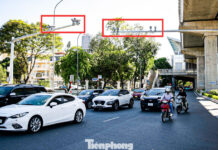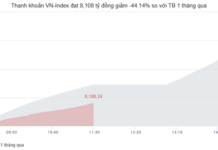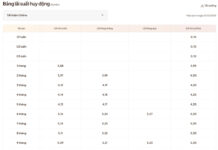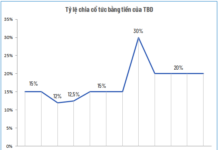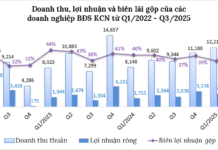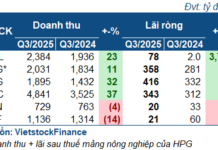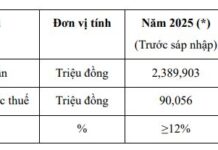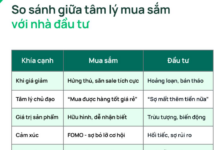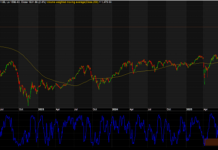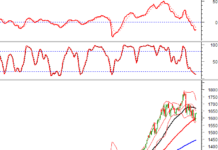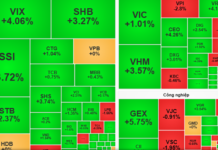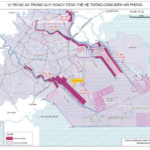According to the Airports Corporation of Vietnam (ACV), the installation of technical equipment systems for contactless and automatic toll collection at airports is nearly complete.
Additionally, the toll collection systems at 5 airports are expected to adopt the Tap & Go (electronic payment) method.
Currently, vehicle owners with existing ETC accounts on national highways and expressways can pass through airport toll lanes without having to attach another card or go through additional procedures, as these systems are fully integrated.
In the recent past, ACV has collaborated with HiTD (Digital Technology Joint-Stock Company) to conduct surveys, develop equipment installation plans, and connect contactless and automatic toll collection systems at Tan Son Nhat and Noi Bai airports.
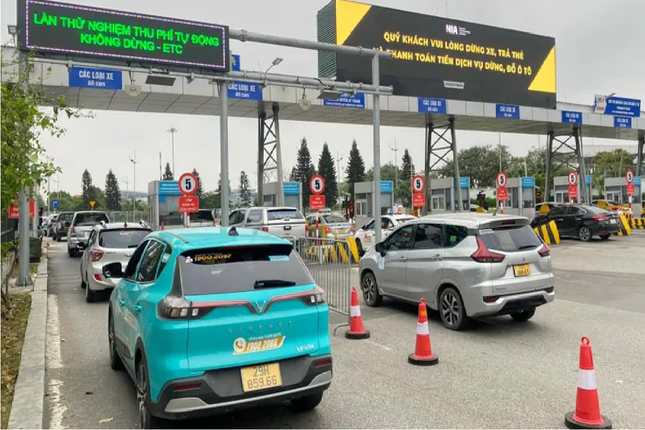
5 airports will implement contactless toll collection from May 5.
Traffic statistics during the trial period show that between February 6 and March 19, there were 203,606 vehicle passes through the contactless toll lane at Noi Bai airport and 132,926 vehicle passes through the contactless toll lane at Tan Son Nhat airport.
ACV charges pickup and drop-off vehicles based on two airport categories. For Tan Son Nhat, Noi Bai, and Da Nang airports, vehicles entering and exiting within 10 minutes are charged VND 10,000 for vehicles with less than 9 seats, VND 15,000 for vehicles with 10-30 seats, and VND 25,000 for vehicles with 30 or more seats…
With the implementation of contactless toll collection at 5 airports, ACV expects to reduce congestion and expedite traffic flow at airports.
Currently, there are approximately 5 million automobiles in the country, 96% of which have ETC tags and accounts. After implementing automatic contactless toll collection at airports, the Ministry of Transport plans to expand ETC toll collection to various services such as seaport fees, parking fees, insurance, and vehicle inspections.
Previously, the MOT instructed ACV and relevant agencies and units to swiftly implement electronic contactless toll collection services at airports and seaports, ensuring timely completion, transparency, compliance with procurement regulations, and adherence to other relevant regulations.




